CAVING IN SRI LANKA
The enthralling activities of Caving is slightly novel to Sri Lanka, but with an inspiring range of caves have been situated throughout the country it's a remarkable experience not to be missed!. With some of Sri Lanka's caves dating back approximately 500 million years, this is an Eco-Adventure into the prehistoric period! |
|
|
|
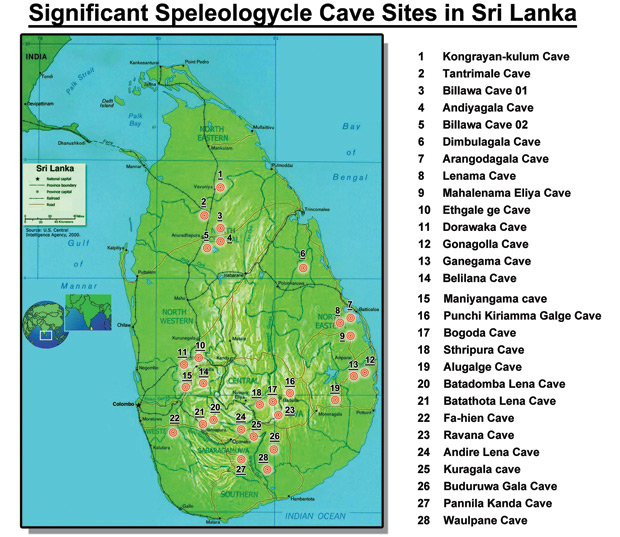
What is Speleology
Speleology is the science of exploring underground spaces. In this it is a sort of betwixt science, which means, it used several other sciences for its own purposes. The most important sciences for speleology are geology, geography, surveying, biology, archaeology, paleontology and of course engineering for the equipment. A famous French caver, Norbert Casteret, once said: "speleology is sports in service of science". This shows that practical speleology is a lot of sports, climbing, abseiling, and squeezing through narrow passages. .
Speleology (also spelled spelæology or spelaeology) is the scientific study of Caves and other Karst features, their make-up, structure, physical properties, history, life forms, and the processes by which they form (speleogenesis) and change over time (speleomorphology). The term speleology is also sometimes applied to the recreational activity of exploring caves, but this is more properly known as caving, spelunking or potholing. Speleology and caving are often connected, as the physical skills required for in-situ study are the same.
|
Speleology is a cross-disciplinary field that combines the knowledge of chemistry, biology, geology, physics, meteorology and cartography to develop portraits of caves as complex, evolving systems. |
What is Caving?
There are many types of caves in this world we live in, & caving is the activity which includes
exploration and study. It is also considered as an Eco-Adventure Sport. This is mainly due to it
being done by Research Personnel and other professionals besides those interested or curious. Exploration of caves takes us into a world much different from that above ground. A world of darkness surrounded by rock and mud, exotic formations, streams, waterfalls, tight crawlways, deep canyons and pits, huge rooms with large blocks of breakdown, crickets, bats and cave rats await the cave explorer.
Although this activity in very popular in almost all countries, Sri Lanka too has great potential.
Caving can be a strenuous sport, a casual hobby, a means to conducting scientific research or all of these and more. Caves are found around Sri Lanka and in a variety of settings.
Seven (07) types of Caving Activities we offer in Sri Lanka.
- - Pre-historic Caving
- - Submerged Caving
- - Monastic Caving
- - Lime Stone Caving
- - Fauna & Flora Exploration Caving
- - Sub- Cavern Caving ( Rock Shelters)
- - Networked Caving
 - Pre-historic Caving – These are caves discovered by archeologist in Sri Lanka dating back to 15,000, to over 37,000 years.
These caves carry great historical importance as archaeological findings
prove that they had been used as a dwelling, over many eras. The discovery of skeletal remains of pre-historic man, stone & bone artifact, waste parts of the food consumed by them.
- Submerged Caving – All these caves are in fresh water and
Exploration requires SCUBA diving equipment. Most of them are Harem Caves belonging to our Kings & Princes know in Sri Lanka is “Sthriee Pura Caves.”
Most famous of these is the one that has submerged due to the Rantabe Dam Construction.
Others are – Samanalawewa, Panilkanada Rakwana and Ygirala Mathugama etc.
Monastic Caving – The custom of using natural caves or rock-shelters under the sides of boulders lying on the slopes of hills or hewing cells and chambers out of mountain rock for religious settlements reaches, far back in man’s history and was prevalent from the early days of Buddhism in India and Sri Lanka. The caves in the Barabar Hills, near Gaya in Bihar, for instance, were dedicated by Asoka the Buddhist Emperor of India, to an Order of ascetic monks in the 3rd century B.C, and a few of the Ajanta caves in Hyderabad one of the finest memorials to Buddhism in India, date back to the 2nd century B.C. In Sri Lanka the work of establishing caves for Buddhist monks was started by King Devanampiyatissa, the first royal convert to Buddhism. These can be easily identified by the Drip Ledge, which was carved to prevent rain from running down the face of the rock in to the cave, which also protected the inscription from erosion by water.
- Lime Stone Caving – (Karst Expedition)
Cave formation begins when rainwater absorbs carbon dioxide as it falls through the atmosphere. Rain water must have carbon dioxide to become acidic. It must be acidic to chemically react to the limestone bedrock. Rainwater is absorbed by the soil into the ground. The most famous one is Waulpane Bat Cave.
As rainwater comes through the soil it absorbs more carbon dioxide that is being produced by plants that are dead. This changes the ground water to a weaker form of carbonic acid (H2O + CO2 = H2CO3). As it travels down through the ground it comes to solid rock. When the rock is limestone or dolomite caves can form.
The water reacts chemically with limestone and slowly a larger and larger space will form. This happens because the rocks are made of calcium carbonate (CaCO3). This is what you call chemical erosion. As the space becomes larger and larger the water can flow through. As it flows it erodes. Physical erosion washes away rock and sand. This is what makes a cave larger and forms an underground stream. Finally over hundreds of thousands of years or even millions of years the cave is formed.
Here is an activity that you can try. Mix a mild acid (vinegar) with the base (baking soda). The reaction of the two substances illustrates the process carbonic acid dissolving limestone, but actual limestone solution by carbonic acid is a weaker, less noticeable reaction.
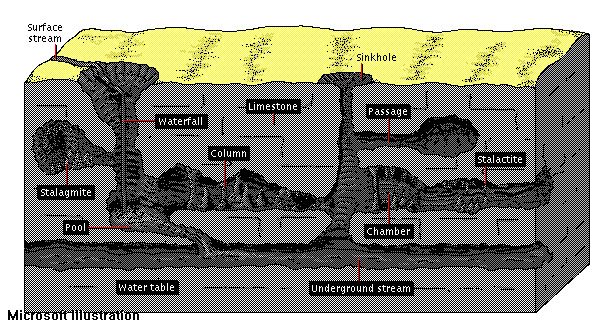
Fauna & Flora Exploration Caving – All these caves are nocturnal exploration require and require experienced guides, mostly done by researchers are the most famous is Koslanda Bat Cave. Even today Germen Scientists are engage in research work in collaboration with the Colombo University.
Networked Caving - King Walagamba while in hiding in the UVA Province constructed inter-connected caves as escape routes from possible invaders. The most famous Tunnel Networked is the Dowa, Ravana, Bogoda and Narangala. Also Sri Lankan legends say that the famous Ravana Cave Tunnel Network proves beyond doubt the architectural brilliance of King Ravana. These tunnels served as a quick means of transport through the hills and also as a secret passage and networked all the important cities, airports and dairy farms. A .close look at these tunnels indicates that they are man-made and not natural formations. This Buddhist shrine at Kaluthara was where once King Ravana's palace and a tunnel existed. Present tunnel mouths are situated in - Isthripura at Welimada, Ravana cave at Bandarawela, Senapitiya at Halagala, Ramboda, Labookelle, Wariyapola/Matale, and Sitakotuwa/Hasalaka. In addition there are many more tunnels. A Colonial man made Tunnel was built from Kalpitiya to Jaffna. This was built by the Dutch invaders connecting the Jaffna Fort to Kalpitiya Fort.
We provides National speleologist and all the necessary gear for caving
- - Helmet with chinstrap
- - Cave map with casing
- - Three independent sources of light; at least one should mount on your helmet
- - Spare batteries and light bulbs
- - Good non-marking boots with good treads
- - Cave pack to carry spare gear
- - Harness & Ropes
Other items you will likely need:
- - Knee and elbow pads
- - Food
- - Water
- - Rugged, grubby clothing
Make an Inquiry…… |
|
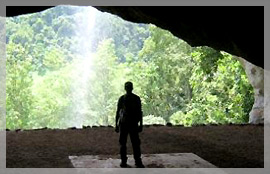
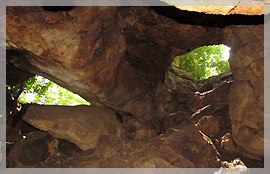 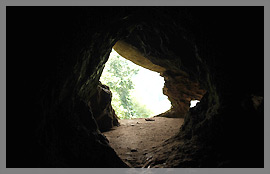 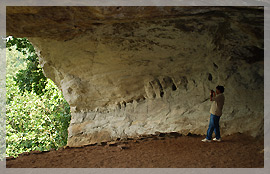 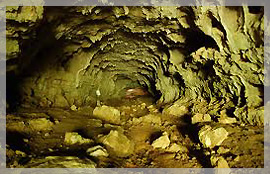 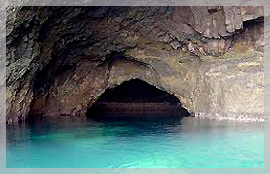 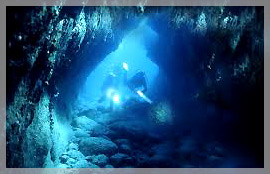 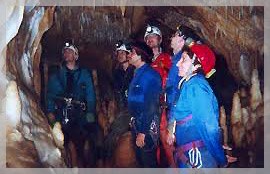 |











